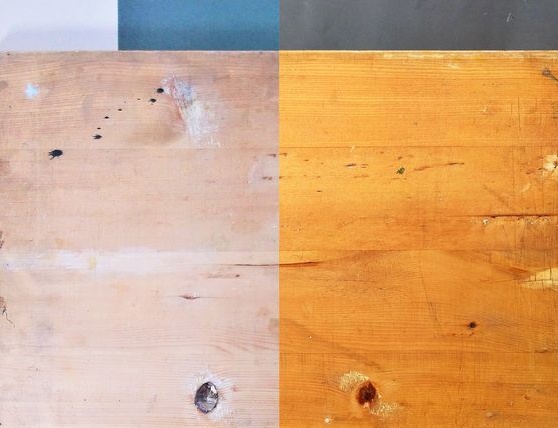
There are a great many ways of coloring wood and each of them has a number of advantages and disadvantages.
People are still trying to find a compromise between such qualities of the coloring composition as durability, reliability and safety. Especially when safety comes to the fore.
There are times when the use of industrial paint is in principle impossible. In addition, the ingredients for natural toner are always at hand and in order to prepare such a stain-toner it is not necessary to run to the store and make expensive purchases. Just look into the kitchen cabinet where you will find everything you need to work.
The author of this workshop will tell us how to make a stain from water, black tea and instant coffee. This idea is not new, but he conducted a wonderful detailed experiment with step-by-step photos that will help answer all questions on the topic.
In order to prepare a natural stain of coffee and tea and repeat the author’s experiment, you will need:
1. Materials:
- wooden surface for painting;
- black tea, better than small leaf or medium leaf;
- instant coffee;
- varnish on wood;
- purified table water.
2. Tools:
- paint brush;
- ceramic dishes for cooking stains (suitable dishes made of stainless steel);
- a spoon or wooden spatula;
- gas or electric stove;
- fine sandpaper.
Step one: preparing the surface for painting
The stain has a loose transparent coating, so the surface of the painted object must be carefully prepared before applying the coloring composition.
It will not hide defects, as well as traces of contamination, and this should be taken into account when planning work on painting.
For the experiment, the author used his old drawing board, which would not mind putting things in order and updating the surface a bit.
The photo shows that it requires cleaning, and on the surface there are obvious traces of ink.
In order to remove all these defects, the author used sandpaper. The surface must be carefully sanded so that it acquires smoothness and a neat appearance.
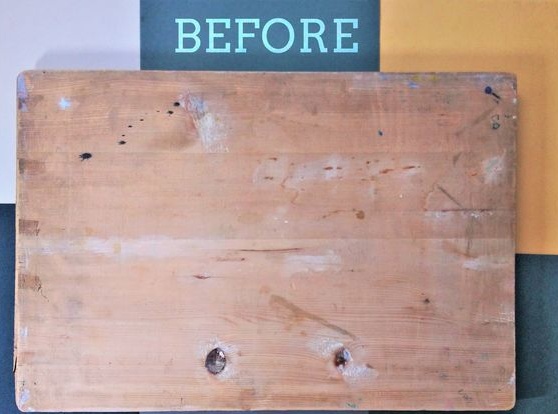
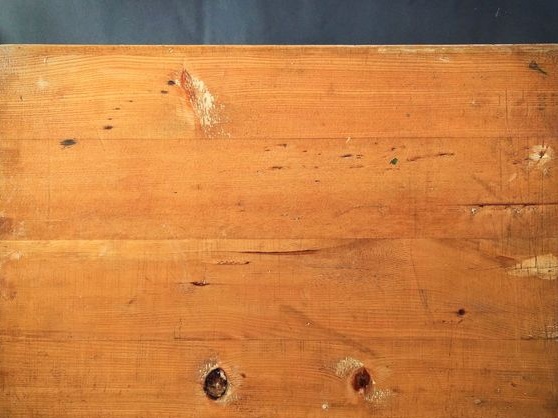
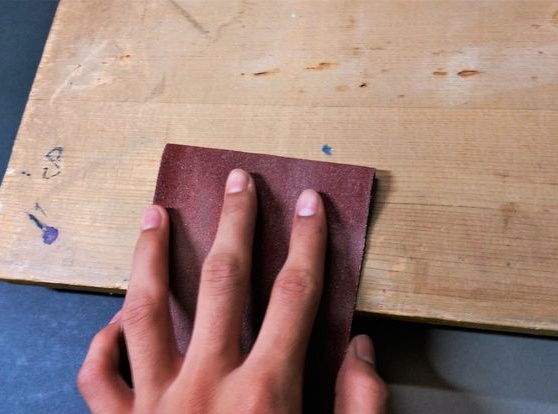
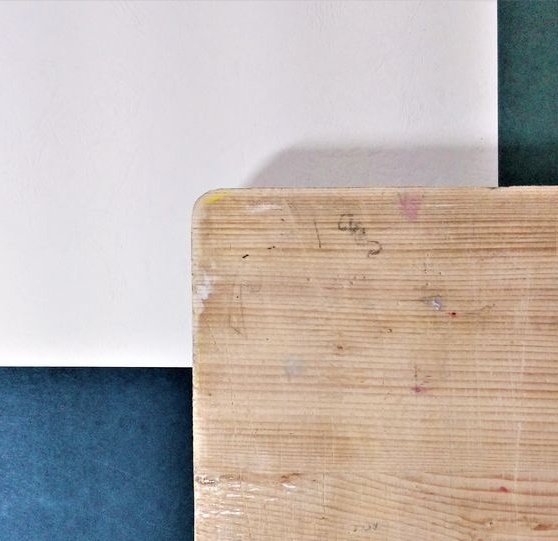
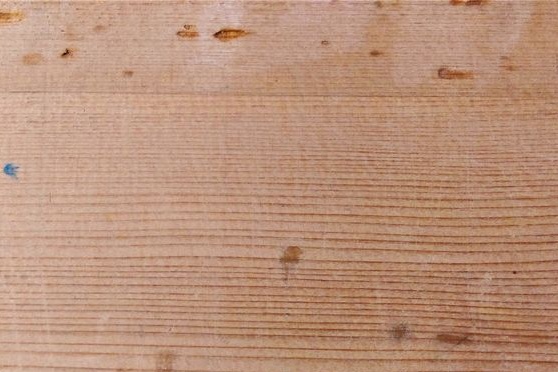
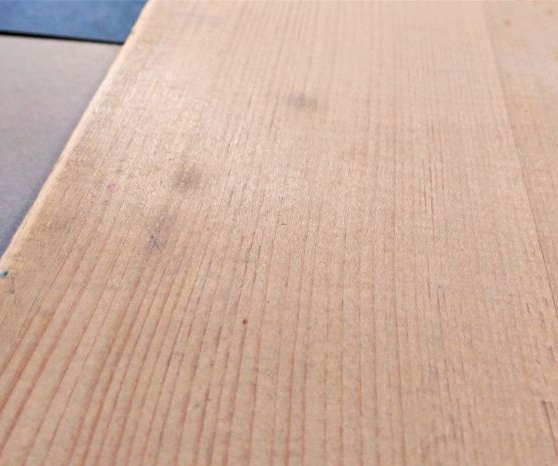
Step Two: Selecting Ingredients for a Natural Stain
To prepare the stain, the author used water, instant coffee and black tea. This is a basic recipe that can be supplemented with other ingredients to get different shades.
Use only purified table water, as minerals or other impurities can greatly affect the final shade of the coloring composition.
Instant coffee is preferable to natural. It has a more intense shade, and this is a key parameter when choosing the type of raw materials used.
When choosing tea, give preference to small-leaved tea, as it gives a wonderful deep shade, and this is what you need.
In the future, when you have tested the basic recipe, you can experiment with a set of ingredients. Henna, basma, St. John's wort, onion peel and potassium permanganate - these are just a small part of the common sources of coloring substances.
Step Three: Cooking Stains
Boil water and add an equal amount of instant coffee and black tea. Bring the composition to a boil and maintain this temperature for one to two minutes.
Cool and strain the liquid through a very fine sieve or pharmacy gauze.
You can store it in the refrigerator for a couple of days, but before use, the composition must be warmed up to 20-35 ° C so that the coloring matter penetrates better into the wood tissue.
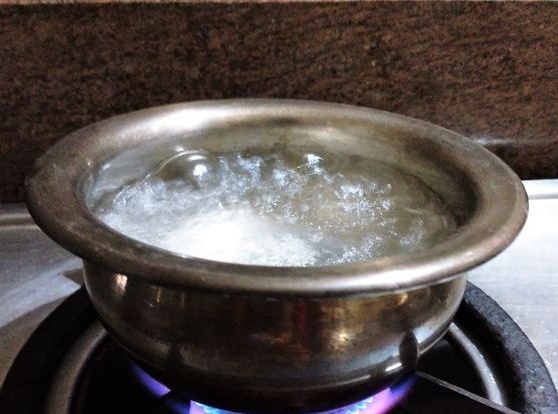
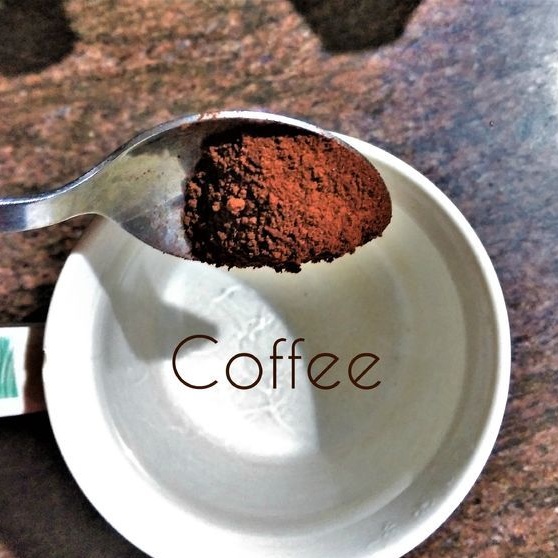
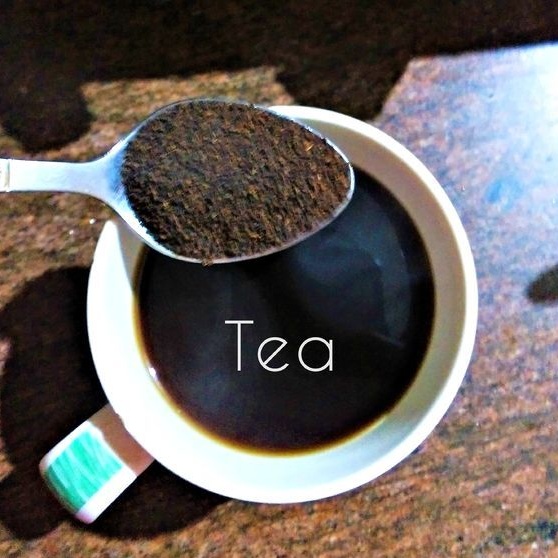
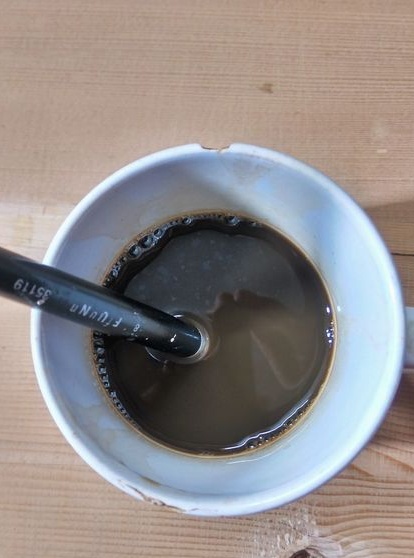
Step Four: Staining
Try color on test wood. If it is not intense enough, you should add coffee or tea, or both.
Remember or write down the appropriate proportion in case you need to prepare another serving of stain.
Also remember that this stain, like any other coloring composition, can be applied to the painted surface several times, while the wood fibers are able to absorb it.
The author painted his drawing board first across the fibers, and then along, using a brush. After that, he applied another layer, having waited a while, so that the previous one was properly absorbed into the tree.
You can apply a third layer, if necessary, - the wood can be easily stained with natural stain - but two turned out to be quite enough for a start.
As a final touch, the author applied three layers of varnish in order to fix the effect of the stain and add a little shine to the drawing board. He left it overnight until the varnish completely dried.
After the experiment, the author used the board for a year and did not notice any color changes, which speaks only in favor of natural paints.
Of course, varnish played an important role here, and it should be noted that its use in this case is mandatory.
However, do not forget that almost any paint or stain applied to a product made of wood or plywood needs protection and this is the golden rule for finishing wood.

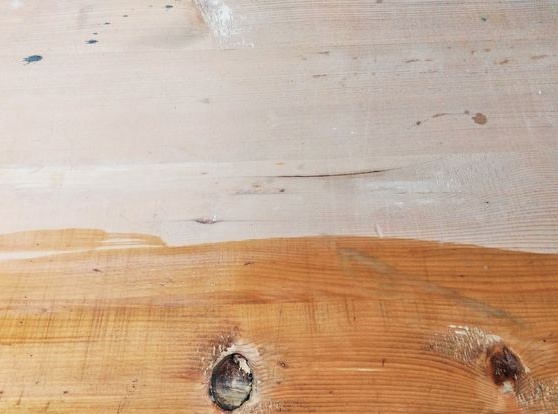

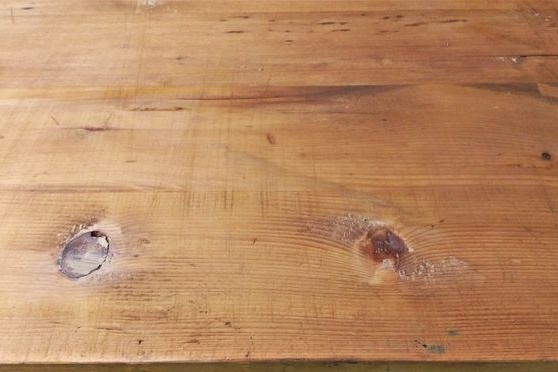
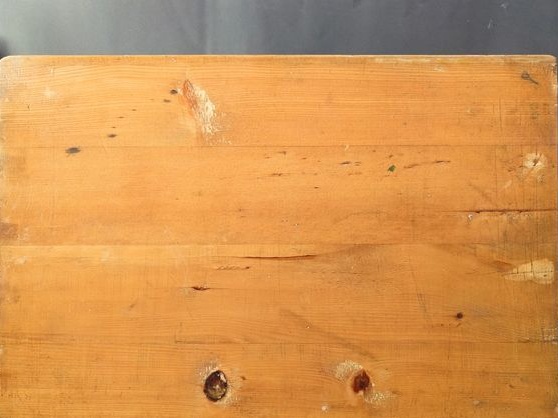
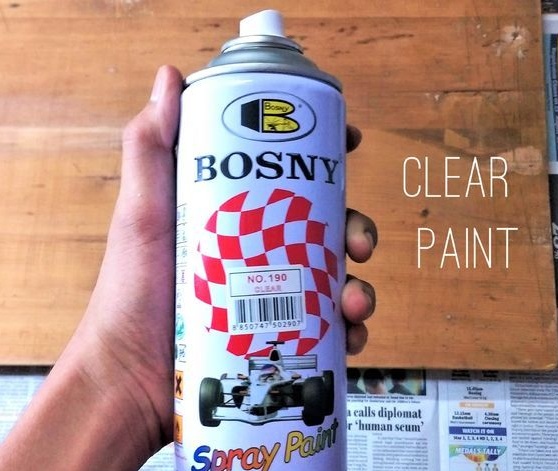
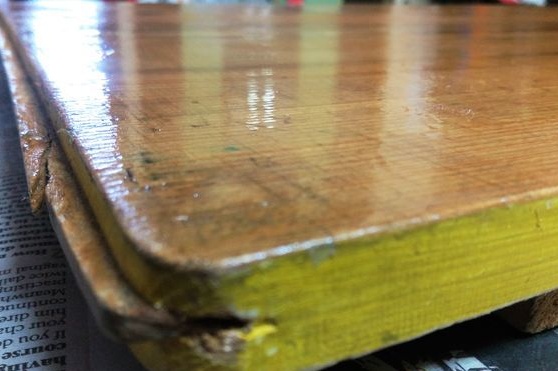
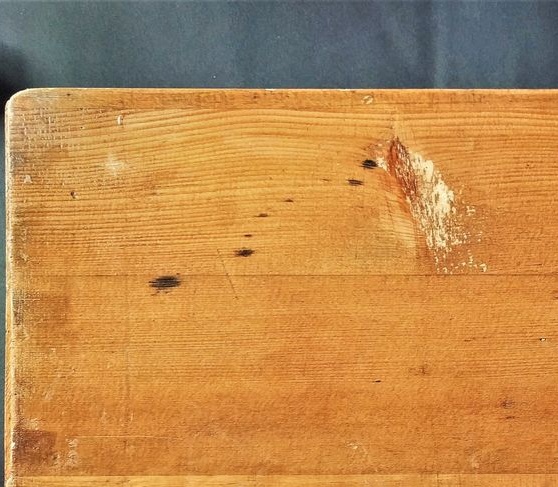
So, the master class comes to an end, and you experiment and come up with new compositions of natural paints, because it is so easy!
